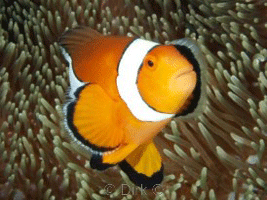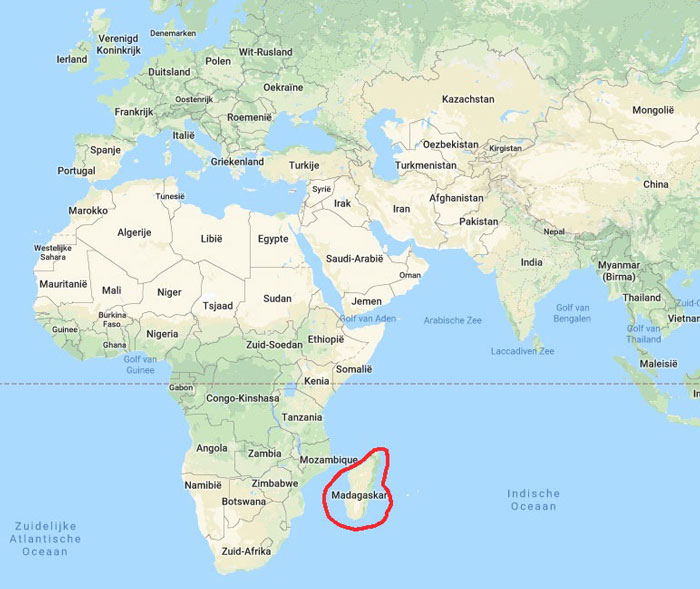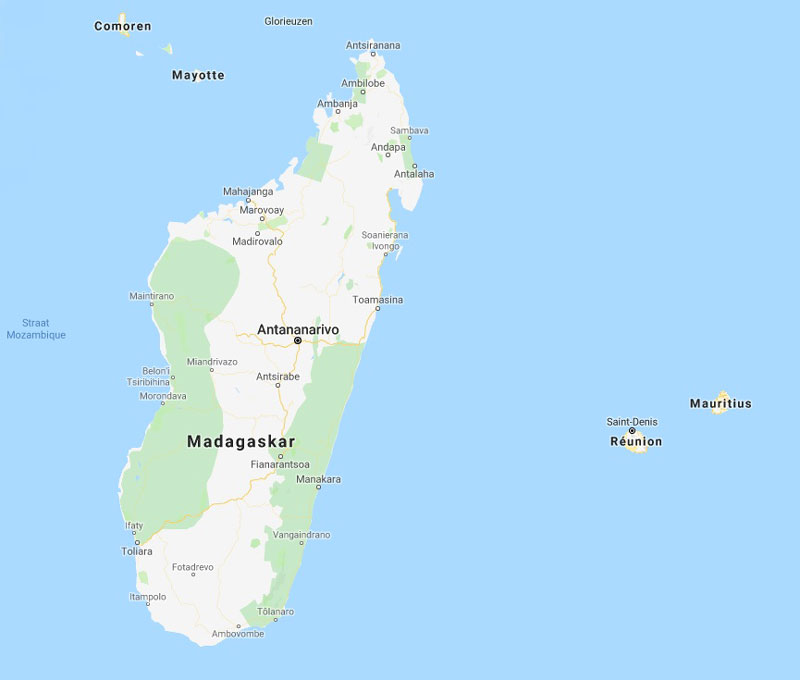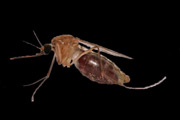www.adcdiving.be © Dirk Wuyts Add this page to your Favorites Welcome to our diving website and travel stories
Travel to Madagascar with lemurs and chameleonsDutch - Nederlands |
 Like and share this travel story with photos of Madagascar with your friends on Facebook |






























